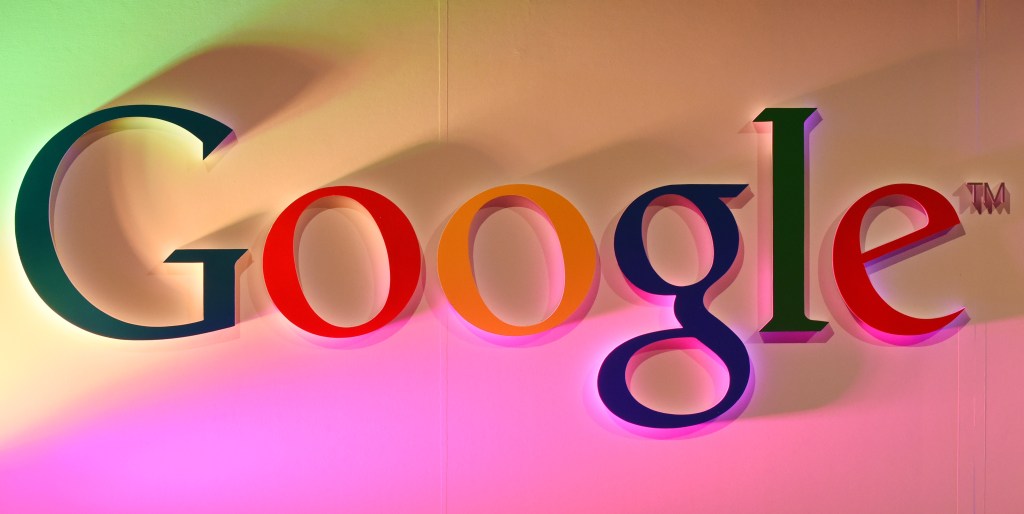 One limitation of run-of-the-mill 3D printers is that the structure must essentially be built as a series of layers, each one supporting the next. A new device from Harvard’s Wyss Institute allows metal filaments to essentially be drawn in midair with no support whatsoever. And it uses lasers!
One limitation of run-of-the-mill 3D printers is that the structure must essentially be built as a series of layers, each one supporting the next. A new device from Harvard’s Wyss Institute allows metal filaments to essentially be drawn in midair with no support whatsoever. And it uses lasers!
There’s no fancy name for the technology yet (unless laser-assisted direct ink writing counts), but the gist of it is this: A nozzle moves along a preset path sending out a thin stream of silver nanoparticles, while at the same time a laser follows its progress, heating the particles and solidifying them into a freestanding filament thinner than a human hair.
Inside the nozzle, the flow of nanoparticles has to be precisely controlled to keep the metal thread’s width uniform, and the laser must adjust as well so as not to leave any particles un-annealed, or apply too much heat and solidify the ink inside the extruder.
The results are beautiful and flexible single-piece structures that can take almost any form — useful for creating structural elements like tiny springs and buttresses, as well as circuits.
“I am truly excited by this latest advance from our lab, which allows one to 3D print and anneal flexible metal electrodes and complex architectures ‘on-the-fly,’” said lead researcher Jennifer Lewis in a news release. “This sophisticated use of laser technology to enhance 3D printing capabilities not only inspires new kinds of products, it moves the frontier of solid free-form fabrication into an exciting new realm.”
The technique is demonstrated in the form of some pretty 3D wire butterflies, but you can imagine it being used to build custom structures for a variety of purposes — wiring on custom medical devices or rapid prototypes, for instance.
Lewis’s research was published today in the Proceedings of the National Academy of Sciences.





























Comment